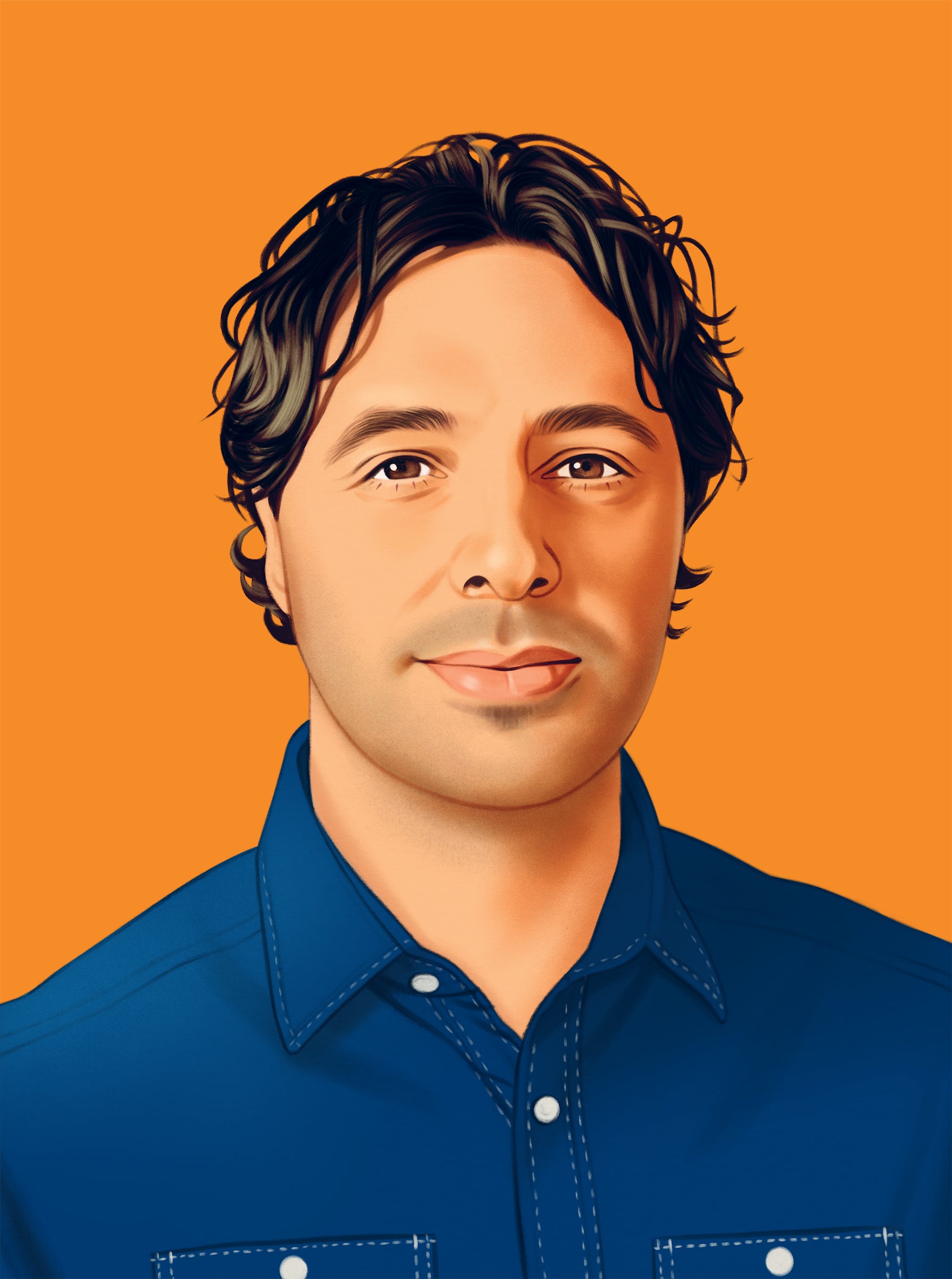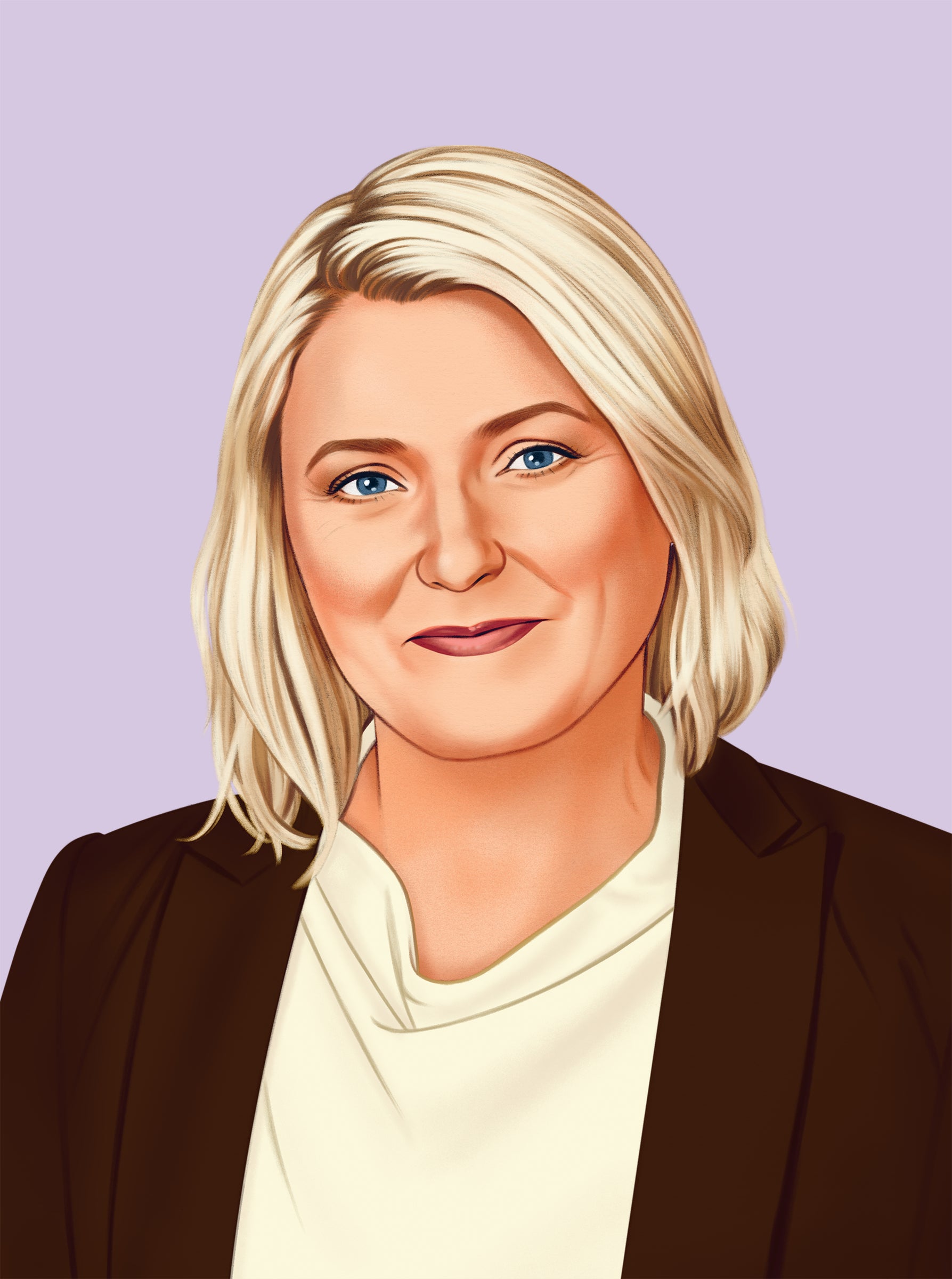Five leaders get real on lessons for tomorrow’s C-suite
The role of business evolved dramatically in 2020: the year of the pandemic was also a year of activism, and over half of consumers globally now say it’s critical that the brands they buy from share their values, according to a new report by Facebook. More than a quarter, meanwhile, have made a purchase because of what they’ve learned about the company’s ethics.


The role of business evolved dramatically in 2020: the year of the pandemic was also a year of activism, and over half of consumers globally now say it’s critical that the brands they buy from share their values, according to a new report by Facebook. More than a quarter, meanwhile, have made a purchase because of what they’ve learned about the company’s ethics.
In Build Brilliant Brands, an e-book by Facebook’s Client Council for Europe, the Middle East and Africa (EMEA), the leaders of top brands and agencies such as Unilever, Heineken and Droga5 explain why taking an inside-out, values-driven approach to the way they do business will help organizations thrive in the future. Here, five Client Council members share their perspectives.
1. Diversity is a business mandate
Anomaly’s Global CEO Karina Wilsher knows that many companies continue to struggle with diversity. Wilsher is based in the UK, where just 8% of senior leaders come from Black, Asian, or other Minority Ethnic backgrounds, according to one 2018 McKinsey report. Anomaly is an advertising agency that celebrates diversity as not only a moral imperative, but one of the primary factors driving innovation, which, according to the same study, can lead to higher profits.
But “diversity” must go beyond bias training and Pride month celebrations. Wilsher insists on a genuine commitment to the cause.
Practical advice from Karina Wilsher:

- Commit from the top. If leaders don’t make diversity a priority, it will never be fully part of a company’s culture. From the C-suite down, there must be constant and consistent messaging across every channel and goal: commercial success, creativity, innovation, and recruiting and retaining the very best talent, not just hitting an HR quota.
- Design an inclusive operating system. Silos stifle potential and promote protective rather than expansive thinking. Create systems that are built for collaboration, with no one department acting as the central power base. When every point of view is welcome and people feel like they can be themselves at work, you can unlock higher performance and true creativity.
- Be aware of your biases. Everyone comes with biases, but not everyone learns how to address them. To do that, leaders must create a culture of trust and openness. Above all else, remember that if you do not intentionally include, you unintentionally exclude.
2. Neurodiversity breeds creativity
Recent shifts toward data and automation have, in some ways, allowed innovation and creativity to fall by the wayside. Mike Cooper, Omnicom’s Media Group CEO for EMEA & APAC is a staunch advocate for a renewed emphasis on creativity and believes neurodiversity is one way to achieve it.
Neurodiversity is the concept of recognizing and respecting neurological differences such as Dyslexia, Autistic Spectrum, and Attention Deficit Disorder as you would any other human variation. Cooper sees neurodiversity as an invaluable asset to creative teams, noting that “neurodiverse people make different connections in their minds and are therefore likely to suggest solutions to problems that a neurotypical person might not have thought of.”

Practical advice from Mike Cooper:
- Ditch the traditional interview. Typically, the more common ground found during a job interview, the better the interview will go. But this quest for chemistry can result in discrimination against those with neurological differences, however unintentional. Instead, consider assessments that focus on creative problem-solving.
- Make your workplace flexible. In order to cultivate a company culture that welcomes all kinds of people, it’s important to cater to different working styles. Some people, especially those who are neurodiverse, may require accommodations such as quiet areas, varied meeting structures, and different tools to help get their creative juices flowing.
- Empower your hiring managers. Those with hiring power within your organization should feel comfortable choosing candidates who are different. Lead by example, emphasize the creative advantage of neurodiversity, and encourage managers and your HR team to bring in new employees from different neurological backgrounds.
3. Your environmental reputation matters
With over two decades of experience in advertising, Droga5’s Chief Strategy Officer Dylan Willams knows how the industry has changed our world: namely, in his words, by “creating overconsumption, and, in doing so, the material sourcing malpractices, carbon-fueled distribution systems, and imperishable packaging that serve its voracious appetite.” Whew.
As a strategist, Williams knows what consumers respond to—and what they don’t. In the context of the climate crisis, the solution is not a free reusable tote bag with purchase or a cheeky reminder to recycle. Consumers are seeking transparency, which could help businesses regain trust, attract new customers, and, most importantly, help save the planet.

Practical advice from Dylan Williams:
- Embrace belief-driven buyers. It’s time to stop assuming that customers are indifferent to what goes on behind the scenes of a company or business. According to Edelman’s 2020 Trust Barometer, consumers who shop with their values in mind are not a niche, but a majority. Keep this knowledge at the center of all that your company does, and rise to the occasion.
- Rethink your Big Hairy Audacious Goal (BHAG). In other words, focus your company’s bold, time-specific, measurable business objective around the climate crisis. Your BHAG should be aligned with your brand’s purpose. So if Nike’s purpose is “to inspire and enable the athlete in all of us,” its BHAG might be “to commit to doing so by using materials entirely derived from recovered ocean plastics by 2025.” Of course, you’ll want to identify what makes the most sense for your business, and incorporate this new BHAG into every facet.
- Lean into public accountability. Let the people know that environmental conservation is important to your company and how you plan to make it a priority; doing so will help attract belief-driven buyers. Beyond that, the vulnerability in sharing this mission publicly will help foster trust and motivate your employees to keep this promise.
4. Inclusive design is better design
Two years ago, Wunderman Thompson helped Tommy Hilfiger launch its Fall 2018 Adaptive collection, the latest installment in a line of clothing specifically designed with the people with disabilities (PWD) community in mind. While working on the campaign, Wunderman Thompson Global CEO Mel Edwards learned a ton about accessibility, representation, and inclusive design.
Inclusive design is the practice of creating products, services, or environments that are accessible for a wide variety of people, regardless of age, gender or disability. It has led to many inventions that have benefited not only the PWD community, but the rest of the world, including touch screens, driverless cars, and email. Edwards asserts that “[inclusive design] can lead to better ideas across multiple brands and sectors.”

Practical advice from Mel Edwards:
- Reframe your POV. Unfortunately, many of us have been trained by society to view disability negatively, and it will require serious effort to unlearn this mindset. Acknowledging and committing to this work, and leaving your ego at the door, will help set you up for meaningful allyship.
- Fight your fear. Right now, one of the biggest obstacles to inclusive design is fear of failure. Companies are so terrified of getting it wrong that they aren’t trying at all, and this mindset delays even greater evolution in the space of inclusivity. Seize the opportunity to make a difference.
- Engage diverse perspectives. It’s okay to not be an expert on inclusive design right away, so long as your company doesn’t claim to be. When creating a product or campaign for the PWD community, it is critical that you consult and work alongside these individuals, not only to walk the walk of caring, but also to ensure that whatever you make is inclusive from end-to-end.
5. Having a purpose will future-proof your brand
A company’s commitment to society is more imperative today than ever before, says Aline Santos, Unilever EVP Global Marketing and Chief Diversity and Inclusion Officer. She believes that in order to survive in a rapidly changing world, companies must identify their brand purpose, or the reason for their existence beyond functionality and making a profit. She’s got firsthand experience: Unilever’s own purposeful brands are growing 69% faster than the rest of the business.
Remember that your purpose should be something bigger than your company, or the products you sell, or the services you provide, but of course, they should all be interconnected.

Practical advice from Aline Santos:
- Take your time. “Woke-washing,” or shallowly attempting to jump on a social change bandwagon, is a recipe for disaster. Instead, communicate with both stakeholders and external experts, and learn from others’ mistakes. The process will take time, but it will pay off.
- Use purpose to position. With the sheer volume of brands in a given space, the novelty of “disruption” or a “big idea” has worn off. Once you’ve determined your brand purpose, use that to set yourself apart. Show consumers how this purpose is reflected in your company’s history, and how your company will actualize this purpose in the future.
- Don’t be discouraged. By investing the appropriate time, effort, and resources in identifying your brand purpose, hopefully you can nail it on the first try. If for some reason you don’t, try to avoid the impulse to retreat; own up to your missteps and, in due time, try again. Doing so will set an example for your contemporaries and emphasize your company’s commitment to getting it right.
To get more insights from industry innovators delivered to your inbox and a free digital copy of Build Brillant Brands, subscribe below.
This article was produced on behalf of Facebook by Quartz Creative and not by the Quartz editorial staff.